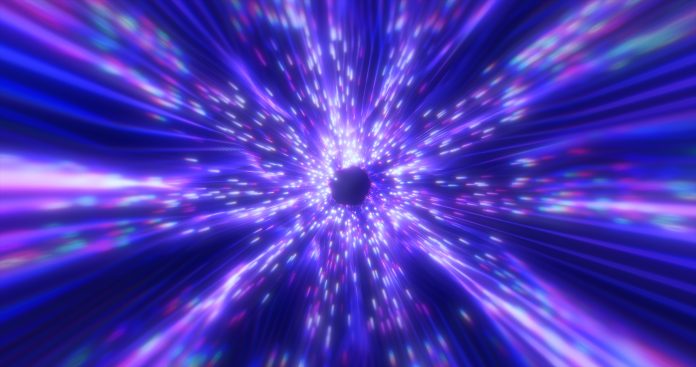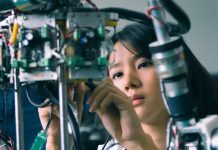An international team of scientists has successfully generated high-density relativistic electron-positron pair-plasma beams in the laboratory
This team, which includes researchers from the University of Rochester’s Laboratory for Laser Energetics (LLE), has achieved something previously limited to theoretical studies due to the immense experimental challenges.
The findings, published in Nature Communications, were led by Charles Arrowsmith, a physicist from the University of Oxford. Arrowsmith, who is set to join LLE in the fall, emphasises the importance of this advancement: “The laboratory generation of plasma ‘fireballs’ composed of matter, antimatter, and photons is a research goal at the forefront of high-energy-density science”
The collaboration included Dustin Froula, the division director for plasma and ultrafast laser science and engineering at LLE, and Daniel Haberberger, a staff scientist at LLE. They worked with Arrowsmith and other scientists to design an innovative experiment at the HiRadMat facility, part of the Super Proton Synchrotron (SPS) accelerator at CERN in Geneva, Switzerland.
Producing quasi-neutral electron-positron pair beams
By using more than 100 billion protons from the SPS accelerator, the team achieved extremely high yields of quasi-neutral electron-positron pair beams.
Each proton carried a kinetic energy 440 times greater than its resting energy, providing enough momentum to smash atoms and release their internal quarks and gluons. These particles quickly recombined to produce a shower of electron-positron pairs, creating a plasma that behaves like ones found in astrophysical conditions.
“This opens up an entirely new frontier in laboratory astrophysics,” Arrowsmith explains, “making it possible to experimentally probe the microphysics of gamma-ray bursts or blazar jets” The team has also developed techniques to modify the emittance of pair beams, enabling controlled studies of plasma interactions that mimic astrophysical systems.
Plasma interactions
Gianluca Gregori, a professor of physics at the University of Oxford and coauthor of the study, highlights the broader implications: “Satellite and ground telescopes are not able to see the smallest details of those distant objects and so far we could only rely on numerical simulations. Our laboratory work will enable us to test those predictions obtained from very sophisticated calculations and validate how cosmic fireballs are affected by the tenuous interstellar plasma.”
This research shows the importance of international collaboration. Institutions involved include the Science and Technology Facilities Council Rutherford Appleton Laboratory (STFC RAL), the University of Strathclyde, the Atomic Weapons Establishment in the UK, the Lawrence Livermore National Laboratory, the Max Planck Institute for Nuclear Physics, the University of Iceland, and the Instituto Superior Técnico in Portugal.
With this achievement, the door is now open for further experiments that could uncover fundamental secrets of the universe.











